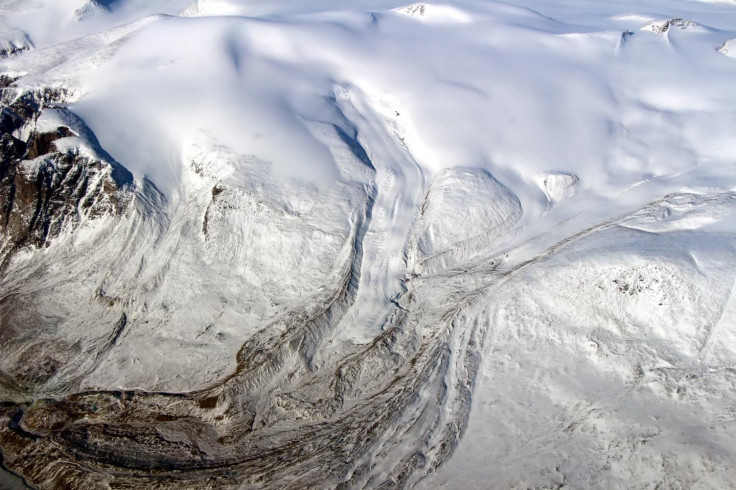Climate Change Impact On Sea Level Rise: NASA Identifies Greenland Meltwater Pathway; Canada Glaciers Losing Ice Rapidly

As temperatures rise around the world, one of the obvious consequences is the melting of ice on Earth, which in turn causes water levels in the world’s oceans and seas to rise. While the change in the sea level is not something new, when viewed on the timescale of Earth’s 4.5 billion-year-old history, the rate at which it is happening as a result of human-induced climate change is unprecedented.
Also, the fact that there are now many more humans, especially Homo sapiens, on the planet than the last time sea levels were higher than they are at present makes it a problem that cannot just be written off as something that happens from time to time.
There are multiple ways in which sea levels rise. And research by NASA has found that one aquifer in the Greenland Ice Sheet drained its water into the ocean because of a crack that developed on the sheet. These aquifers, recently discovered, trap large amounts of liquid water within the ice sheet. The finding will allow better models of how Greenland is contributing to the rise in sea level.
Usually, surface melt and ice flow (as glaciers calve into the sea) are the two ways in which Greenland (and other places, like Canada) contribute water to the ocean. But the meltwater from Helheim Glacier in Greenland takes a different route to reach the sea.
Kristin Poinar, lead author of a study published this month in the journal Frontiers in Earth Science and a postdoctoral fellow at NASA’s Goddard Space Flight Center in Greenbelt, Maryland, said in a statement Wednesday: “There’s a limit to how much water the crevasses can hold; once they reach that limit, they fracture to the base of the ice sheet and deliver that water to the bed, from where it can travel relatively quickly to the ocean. We found that the volume of meltwater drained through this particular aquifer-crevasse field system is comparable to what comes out of a western Greenland supraglacial lake or river system.”
In another study, published Wednesday in the journal Environmental Research Letters and funded by NASA, researchers from the University of California, Irvine, found that increasingly rapid ice loss from the glaciers in Canada has made them a major contributor to the rise in sea levels.
Glaciologists analyzed ice flow to the ocean from 1991 to 2015 in the Queen Elizabeth Islands, and found that surface melt grew by a whopping 900 percent, or 10 times, in the 10 years between 2005 and 2015, increasing to 30 gigatons per year by the end of that time. Canada is home to 25 percent of all Arctic ice, second only after Greenland.
The researchers also found a change in the cause of the loss of ice from the region. Till 2005, surface melt and calving icebergs contributed roughly the same amount (48 percent and 52 percent respectively) to ice loss. However, as atmospheric temperatures rose, surface melt now contributes 90 percent of the melt.

“We identified meltwater runoff as the major contributor to these ice fields’ mass loss in recent years. With the ongoing, sustained and rapid warming of the high Arctic, the mass loss of the Queen Elizabeth Islands area is likely to continue to increase significantly in coming decades,” Romain Millan, an Earth system science doctoral student at the university and lead author of the study, said in a statement.
© Copyright IBTimes 2025. All rights reserved.





















